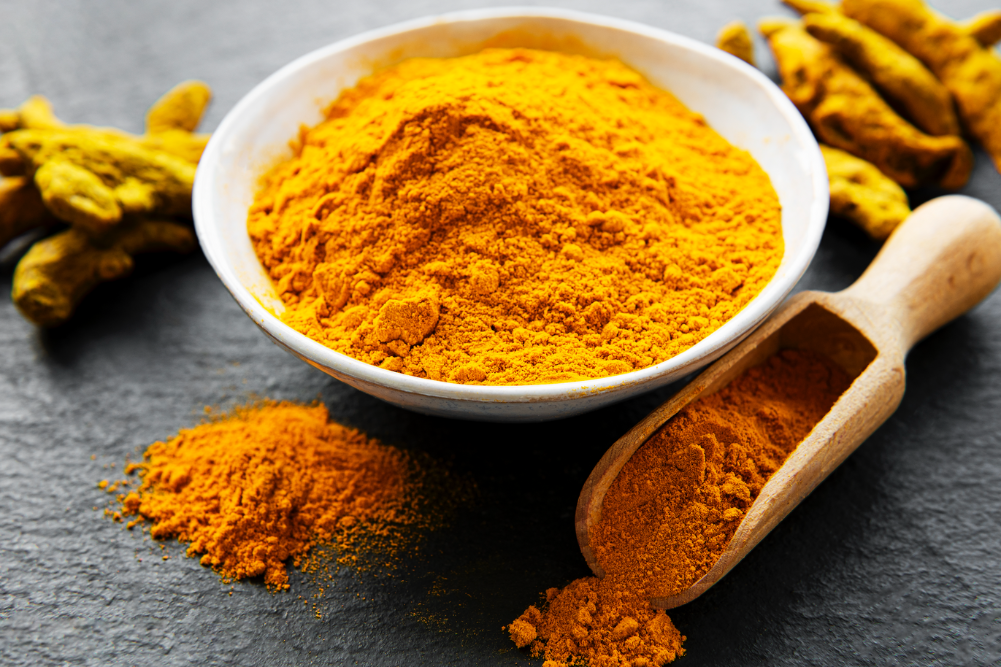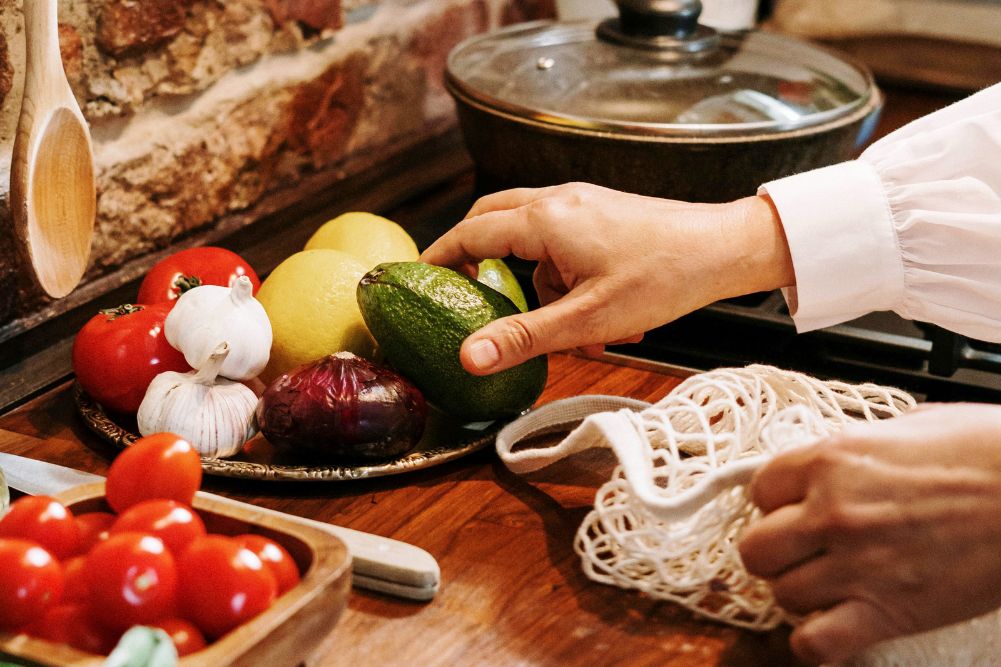Keeping a food diary: Eating to support your exercise goals.
Those of you who have ever used the services of a personal trainer are more than likely familiar with the arduous task of keeping a food diary or log.
Food diaries are a pain in the butt, i don’t deny that. Toting around a note pad and pen and scrawling down a bizzare description of every mouthful you eat before it even has had time to digest (“deck of cards sized piece of chicken breast” or “tennis ball of greek yoghurt with 7 almonds”) becomes tedious very quickly..BUT, they do work.
Food diaries can help support your training and keep you on track towards your goals (whether you want to lose weight, gain weight, run further/faster, lift more or shape up) in several ways:
– Creates awareness of the types of food you eat and how much of these foods you are actually eating.
– Provides a sense of accountability. You will be less likely to have that extra piece of chocolate or skip a meal if you know these facts will be recorded. This works even better if your trainer, a dietician/nutritionist or a friend or family member will be looking at your food diary regularly.
– Allows reflection and comparison. Hind sight is a useful thing and keeping a food diary can help you pin point the cause of seemingly unexplainable weight gain or low energy. It can also help you keep a record of food combinations that work well for you.
– Reduces mindless eating. For those trying to reduce over eating in order to lose body fat, you will be less likely to nibble between scheduled meals and snacks as it is fairly inconvenient to be writing in the food diary every 20 minutes. This often reveals to people just how much they are in fact eating.
Here is a page of the food diary i’ve been keeping of late:
This was during the week, i didn’t think everyone needed to see the pancakes i had for Sunday breakfast 🙂 (but i still wrote them down!)
Tips to follow when keeping a food diary:
1) Find a recording method that suits you. Keeping a log as a “note” or email in your phone or computer or even photographing each meal can be more convenient that using pen and paper.
2) Which ever method you decide, ensure your diary is with you at all times so you can write in it straight after a meal. You will find that even after an hour or so, your perception of how much you ate may have changed.
3) Be as specific as possible. Include type of food eaten, quantity eaten, and what time you had it. You don’t need to measure or weigh every single thing, but it may be useful to do this for a day or two to get an idea of general measurements. It can also be useful to note energy levels/how you felt after eating certain types of food.
4) Stick with it! If you get sick of writing in your food diary and start slacking off, remind yourself that it will help you towards your goals. After all; if you can’t be bothered with your food diary, will you be bothered sticking to your eating and training plan?
I’d love to hear your experiences with keeping a food diary, feel free to comment!
Felicity.








